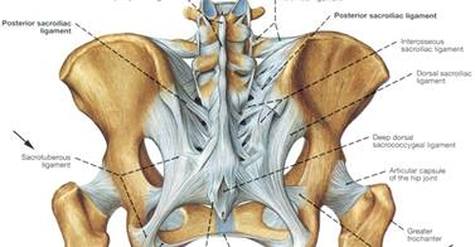Exercise for good posture, not good posing.
 The 20-some students were earnest, curious and right on board with our slower-than-usual approach to asana practice, and our emphasis on meditation and philosophy. I am inspired to know that this group of teachers is bringing their wisdom into the world of yoga. Early in the training, one student who had been teaching in a fitness studio asked a very important question. She explained that one of her female students became unusually flexible prior to ovulation (probably because of the presence of relaxin, a hormone that relaxes the ligaments that hold together the various joints in the pelvis—hip joints, sacroiliac joints and pubic symphisis). The teacher said that she encouraged the student to move farther into poses at that period in her cycle since she was already more flexible. “Should I continue doing this?” she asked. Twenty years ago I would have said yes. In fact, I did encourage women to take advantage of their relaxin-induced flexibility during pregnancy. No more. Fortunately, the third time I took anatomy the importance of understanding the structures of ligaments and tendons finally sank in. (For clarification, ligaments connect bone to bone in our joints; tendons connect muscle to bone at the joints.) Ligaments and tendons are constructed of dense, regular, collagenous, connective tissue. Ligaments are dense, fibrous tissues that are designed to limit the movement of our joints. Please repeat this three times: Ligaments are designed to limit the movement of our joints. This is also very important: ligaments and tendons are considered to be avascular, i.e. containing no blood flow of their own. Oxygen and other nutrients diffuse into ligaments and tendons from cells outside the tissues. Because these structures need to be strong, they are largely comprised of collagen fibers with some elastin to create a small amount of stretch. For full article click HERE.
0 Comments
Leave a Reply. |
ArchivesCategories |
 RSS Feed
RSS Feed